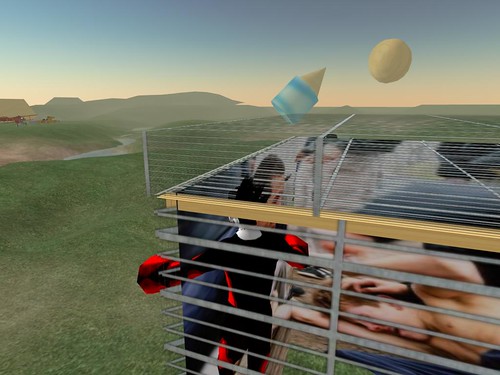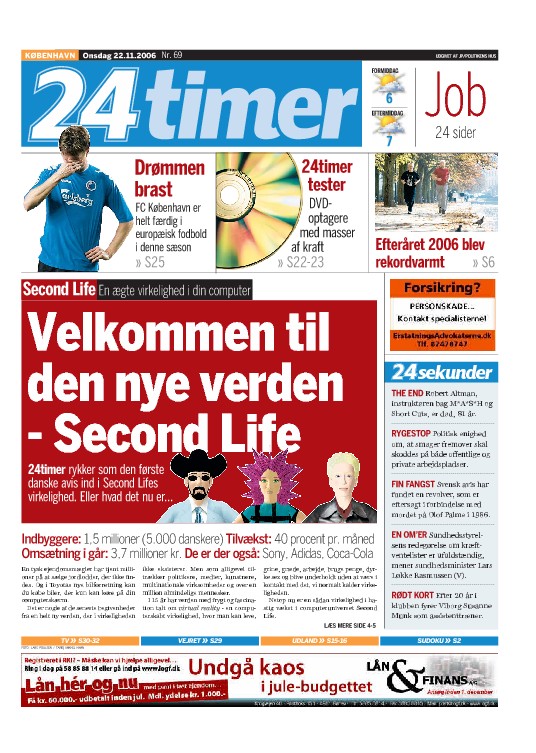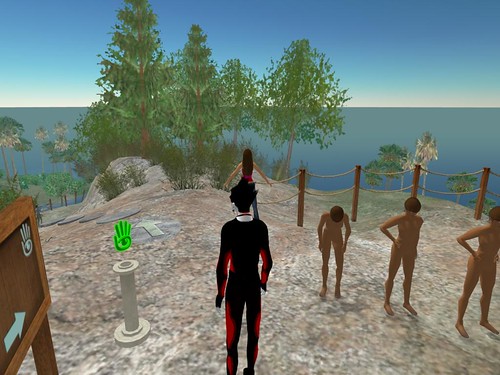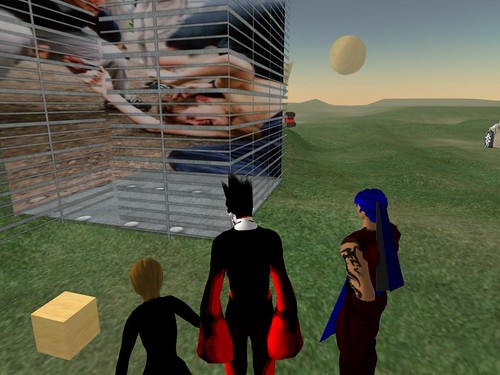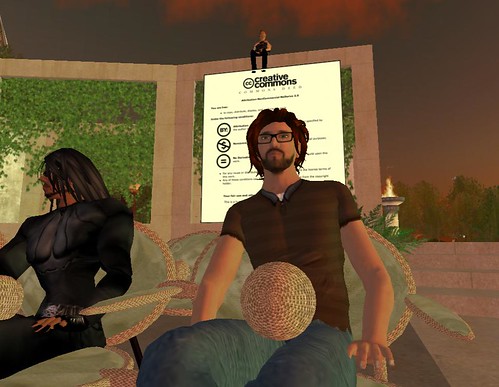Eller sådan lød det vanvittige gruppeskrig for blot tre år siden. Dengang voksne mennesker med realkreditlån, familie og fast arbejde i ramme alvor mente at brugerfjendsk proprietær 3D-teknologi var svaret. På alt.
Du kan godt huske 2007 ikke? Dengang danske dagblade etablerede redaktioner i den virtuelle verden Second Life, DR2 dedikerede en temalørdag til den tredimensionelle fremtid og virksomheder købte digitale øer som var de friskbagte blåbærmuffins. Ålborg Havn var sgu på Second Life.
Loggede du nogensinde på? Var der en lille del af dig som tænkte at der jo kunne være noget om snakken? Jeg vovede mig faktisk indenfor og blev dermed udsat for en stærkt underlødig og meget undervældende brugeroplevelse. Jeg blev der desværre ikke længe nok til at vurdere den større sociale oplevelse. Da en tysktalende Iron Man-wannabe havde spærret min avatar inde i et digitalt bur dekoreret med pixelerede fotografier af de personer han påstod at have overfaldet i den fysiske verden, mistede jeg faktisk gejsten. Jeg var ret skeptisk, selvom jeg i dag ville ønske, at jeg havde formuleret min skepsis mere skarpt.
Anyways, interessen forsvandt og de virtuelle verdener dykkede ned under radaren (der til gengæld begyndte at bippe manisk ved synet af de sociale medier). Så hvordan står det til i dag? Forlod alt og alle de virtuelle verdener, som så i dag runger af digital tomhed? Ikke helt.
Selve Second Life har faktisk i dag (i følge egne tal) en million aktive brugere, dvs. personer som har logget ind i løbet af den seneste måned. I forhold til Facebooks mange 100 millioner aktive brugere er det jo ikke overvældende, men i forhold til andre 3D-verdener er det ikke helt ringe. Se graf nedenfor.

Kilder: Bright Hub og Techcrunch (bemærk at “aktive brugere” er et ret vidt begreb og at de påståede brugertal ofte er svære at verificere)
Selvom Second Life angiveligt stadig indeholder liv, er det dog tydeligt at de såkaldte “social worlds”, altså virtuelle verdener uden et overordnet spilfokus ikke ligefrem blomstrer. There.com lukkede i marts i år, og alternativer som Active Worlds nyder stærkt begrænset succes. Til gengæld er det stadigvæk umådeligt profitabelt at stå bag World Of Warcraft – et spil som efterhånden begynder at udfordre mit gamle princip om at ingen forbliver på toppen i over fem år…
